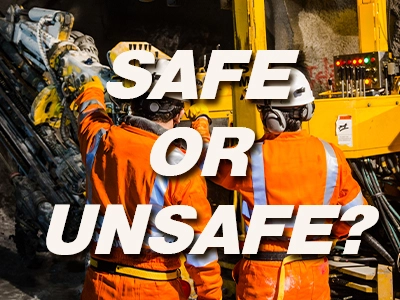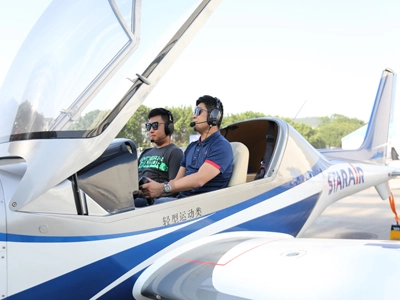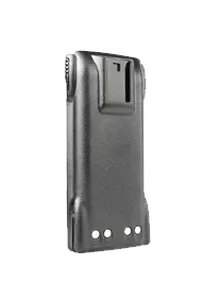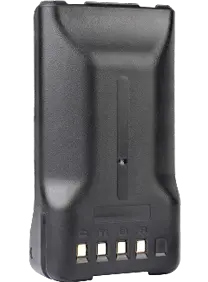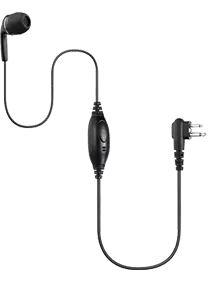When your car runs out of gas, you pull over, fill up, and drive on. Easy. But airplanes? They’re cruising way above the clouds. No roadside gas stations up there.
So what do they do?
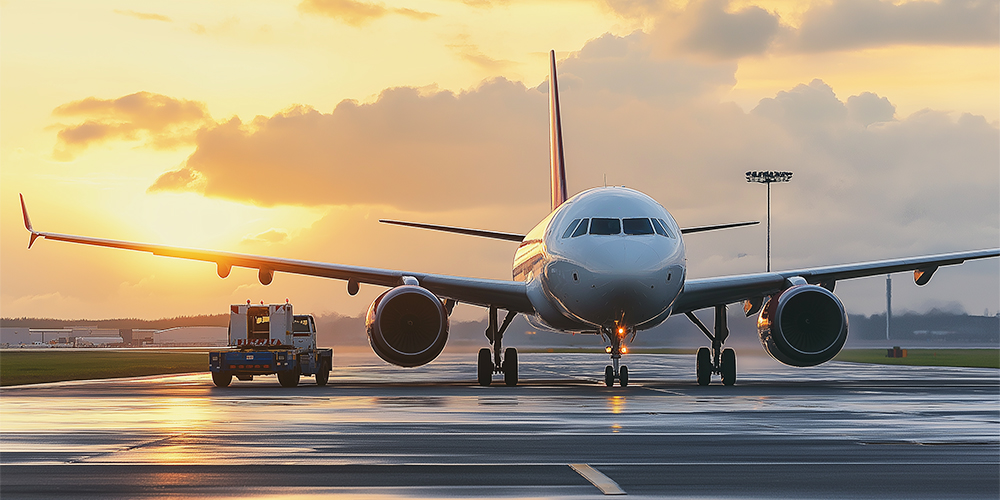
Generally speaking, ground refueling is the mainstay. It's safe enough and low cost. Busy airports mostly use pressure refueling. Ground crew connect the fuel hose to the refueling port on the wing.The fuel is then automatically distributed to the individual tanks.
Helicopter Air To Air Refuelling (HAAR) is always one of the most thrilling and visually stunning operations.
The tanker and helicopter must match speeds. The tanker slows to the limit (≈220 km/h), the helicopter accelerates to its max.
Rotor turbulence and tanker wake combine, risking helicopter instability.
The refueling probe and cone must align within ±0.5 meters, and the helicopter must stay steady for a long time. Docking is very difficult.
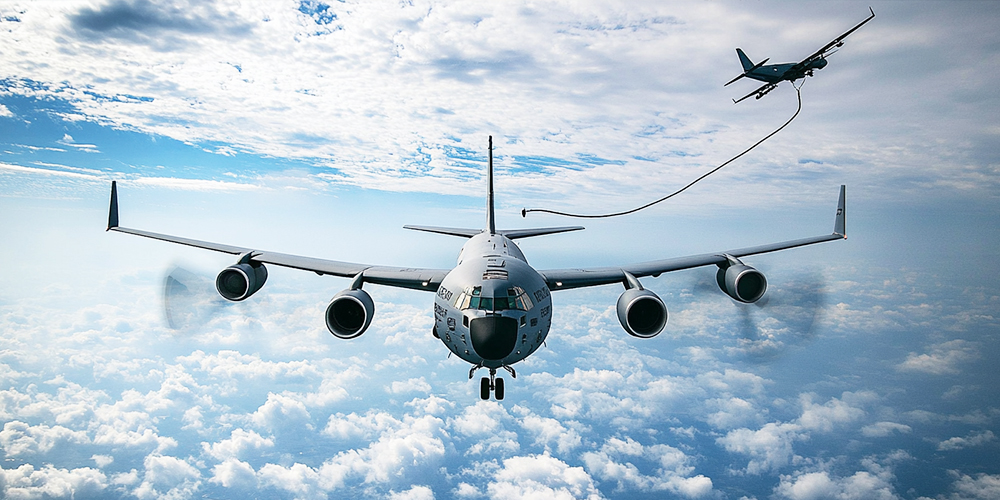
Personnel must be professionally trained and qualified. Fueling equipment must be checked for faults and leaks before each use. The fueling environment, including weather, wind, and obstacles, must be assessed. Fueling can not occur in bad weather.
Want to fly non-stop? Aerial refueling breaks all range limits. The most extreme form is air-to-air refueling, especially HAAR. It is an aviation's ultimate challenge. The flying knowledge you want is here. RayTalk's got you covered!
